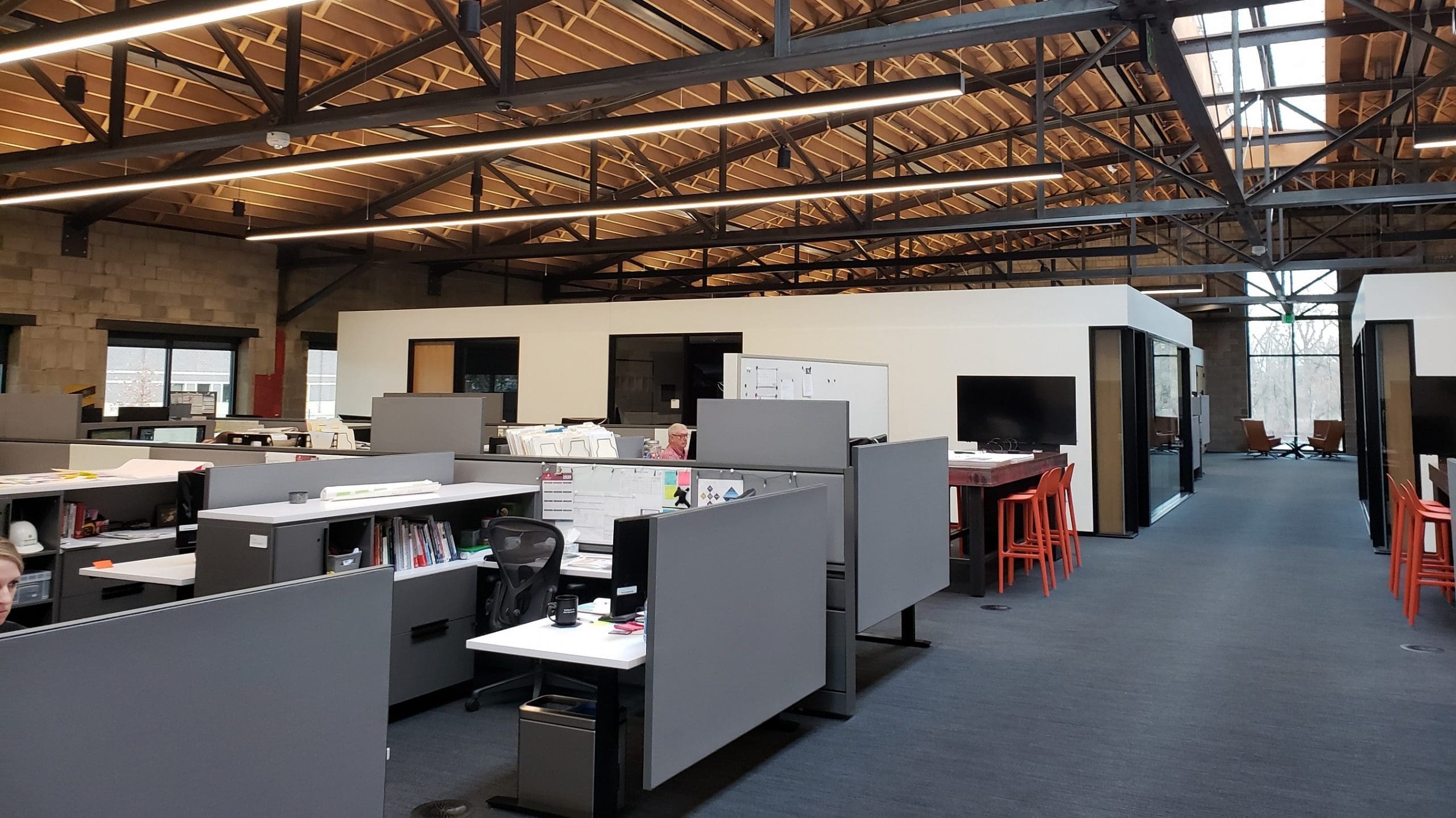This year, we witnessed people and businesses adapting to an unexpected global pandemic. There will be inevitable change, and we do know that buildings and their internal networks will need to be redesigned to accommodate.
Now more than ever, it is critical for IT professionals and networking experts to consider better ways to build and operate networks. Passive Optical LAN is an ideal alternative architecture that delivers unique qualities to help create healthier buildings and protect the wellness of the people inside.
Passive Optical LAN has many distinct advantages to ensure healthy buildings and safe work environments, including:
- Reduced Human Touch
- Flexible Design Options
- Faster Install and Adaptability
- Technology Independence
- Lower CapEx and OpEx Costs
Reduced Human Touch – Passive Optical LAN utilizes centralized intelligence and management, with one management console where the end-to-end enterprise network appears as one virtual switch. This centralized management is accomplished through a software defined environment where global profiles orchestrate error-free machine-to-machine automation. Not only does reduced human touch support a sanitary environment, less human touch directly improves the network’s operational efficiencies, security and reliability.
Flexible Design Options – Passive Optical LAN breaks distance limitations that traditional copper-based switched networks impose. As a result, buildings no longer require rooms dedicated to network equipment. In large campus environments, Optical LAN provides connectivity measured in miles from one main data center over fiber. Therefore, ceilings, walls and rooms are not required to hide thick heavy bundles of cables nor racks of legacy active switch equipment. As businesses and buildings are reconfigured to provide proper social distancing for their occupants, these flexible design options become imperative.
Faster Install and Adaptability – Because fiber-based Passive Optical LAN requires less cabling due to its architecture and its superior connectivity density, its installation is much faster. Once installed, flexible design options make it quicker for the IT staff to perform moves, adds and changes to the network. For example, accommodating change with a traditional network requires the installation of cabling all the way back to an equipment room (e.g. IDF) or even the main data room (e.g. MDF), plus purchasing expensive one-size-fits-all 48-port Ethernet switches. An OLAN design accommodates scalability at the deepest endpoints in the network and at multiple locations throughout.
Technology Independence – Fiber cabling infrastructure and the Passive Optical LAN equipment operate independent of technology. First, fiber cabling has no humanly known bandwidth capacity limits, ensuring an investment in fiber today is protected for decades. Additionally, Optical LAN is based on wave-division multiplexing technology that has already defined a path forward for supporting ten gigabit, 25 gigabit, 40 gigabit and 100 gigabit network speeds. Thus, an OLAN installation can economically, with little disruption to business migrate to higher speed connectivity on a port-to-port basis with no conflicts.
Lower CapEx and OpEx Costs – Under unprecedented times, it is prudent for people and businesses to cut costs. When it comes to IT equipment, infrastructure and staff budget reductions, cost savings are important but not at the cost of negatively impacting network performance, reliability, security and future scalability. Passive Optical LAN customers often report capital cost reductions and on-going operational savings, in addition to improved uptime, lower network points of vulnerability and the overall value of future-proofing their network.
As IT professionals our goal is always to design, build and operate networks that deliver the greatest performance, reliability, security and scalability. Passive Optical LAN offers IT professionals an improved enterprise network architecture that positively contributes to healthier buildings and occupant wellness.
Click here to read our case study “Passive Optical LAN enables McGough’s Open, Healthy and Smart office“ and to learn more about how Tellabs Optical LAN at McGough modern headquarters is attempting to achieve WELL™ certification in support of its commitment to its employees’ health and wellness.
If you want to learn more about Passive Optical LAN for enterprise markets, you can connect with us on your favorite social media outlet, such as; Facebook, LinkedIn, Twitter, Instagram, and YouTube.

